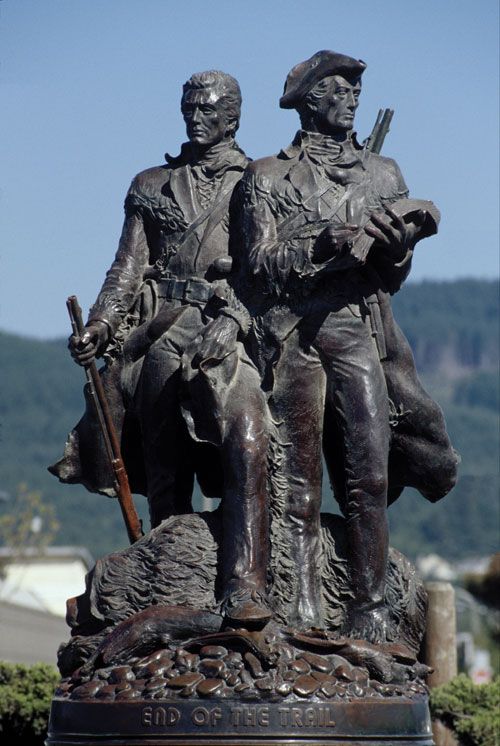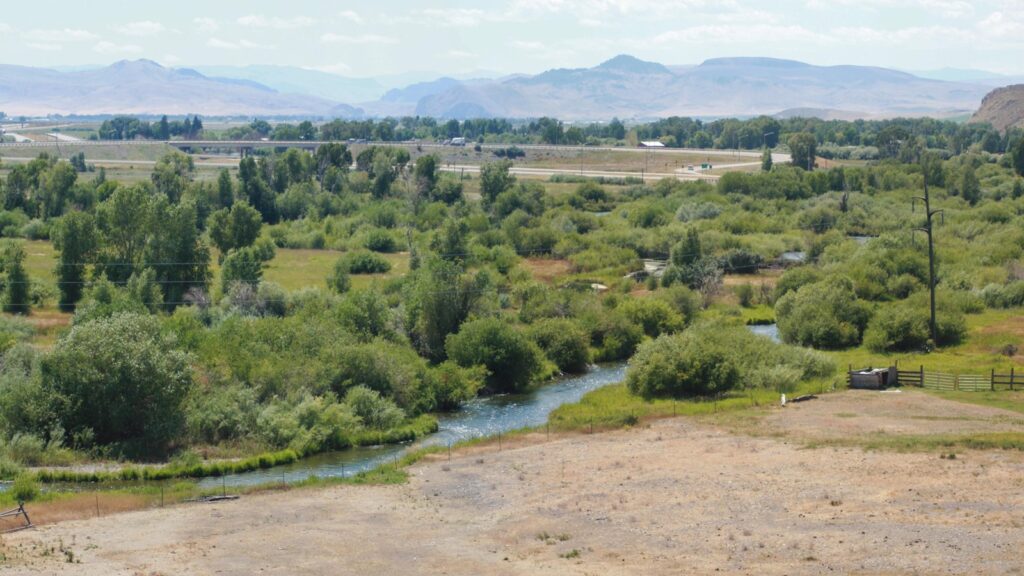Best known for their efforts in the American Expedition of the Corps of Discovery, Lewis and Clark were fraternal brothers of Freemasonry, captains, explorers, and leaders in the United States. Lewis was particularly dedicated to Freemasonry, inspiring Clark to begin his own Masonic career. As Masons, these men paved the way for future leaders to embrace curiosity and courageousness. Our country’s expansion west relies heavily on the tenacity of Bros. Lewis and Clark.

Called to Lead a Country Westward
Brother Meriwether Lewis was born in Virginia in August 1774. His family relocated to Georgia during his childhood where he cultivated an interest in survival skills, nature, and exploration along the banks of the Broad River. Without a formal education until the age of 13, Lewis embraced the lessons learned outdoors that would serve him well in his future endeavors. Later, he received a private education and joined the Virginia Militia. Lewis’ military career expanded quickly, and by 1800, he was a captain in the United States Army. Military life introduced Lewis to his close companion and fellow captain William Clark, where their partnership would become instrumental during their journey west.
On April 1, 1801, Thomas Jefferson appointed Lewis as Secretary to his presidency. Lewis’ years of military leadership and experience prompted Jefferson to recruit Lewis as commander of the Corps of Discovery. This new Corps was charged with the mission to explore the vast lands newly acquired through the Louisiana Purchase, which spread from the Mississippi Delta, across the Rockies to the Canadian border.
With highly developed frontier skills and observational prowess, Bro. Lewis rose as the primary candidate to meet this audacious challenge. With the increasing responsibility in preparing for the journey, Lewis commissioned his good friend William Clark to co-captain this initiative. The two set forth on an 8,000-mile journey spanning three years across the great American landscape.
The journals of Lewis and Clark, along with other historical records, have traced the route of the expedition. The National Park Service provides a map of landmarks registered as key locations visited by Lewis and Clark as they pushed forth to the western coast of the country. Pictured below is Clark’s Lookout, located near present day Dillon, Montana. On August 18, 1805, Clark’s journal documents Clark standing upon an outcropping that overlooked the Beaverhead River. Clark wrote that he ascended “a high Point of Limestone rocks on the Stard Side,”pulling out his telescope and sketched a map of the area below. The travelers were at a difficult point in their journey, and this view provided a moment of peace and observation.

Lewis Establishes a Lodge
After the three-year expedition across the frontier, federal leadership called upon Lewis to serve in the Missouri region. In St. Louis and the northern Louisiana territory, Lewis settled land disputes, developed roadways, and carried out Jefferson’s vision to expand westward. On September 15, 1808, The Grand Lodge of Pennsylvania granted a warrant to Meriwether Lewis to establish the Saint Louis Lodge No.111 as Master. Lewis worked alongside Senior Warden Fiveash Riddick, and Junior Warden Rufus Easton to grow Freemasonry throughout the state. While Lewis started his journey as a Mason in Virginia at the Door to Virtue Lodge No. 44, he spent the rest of his Masonic career as a member of the Saint Louis Lodge No.111.
Historical documentation is difficult to place William Clark’s exact involvement in Freemasonry. However, Clark was stationed in Saint Louis, Missouri for the majority of his career after the Corps of Discovery. The Saint Louis Lodge No. 111 also provided Clark with a travel certificate on September 18, 1809.
Have you traveled to any of the historic landmarks of the Lewis & Clark Expedition? Share with us at OhioLodgeLife@gmail.com, or find us on Facebook and Twitter.